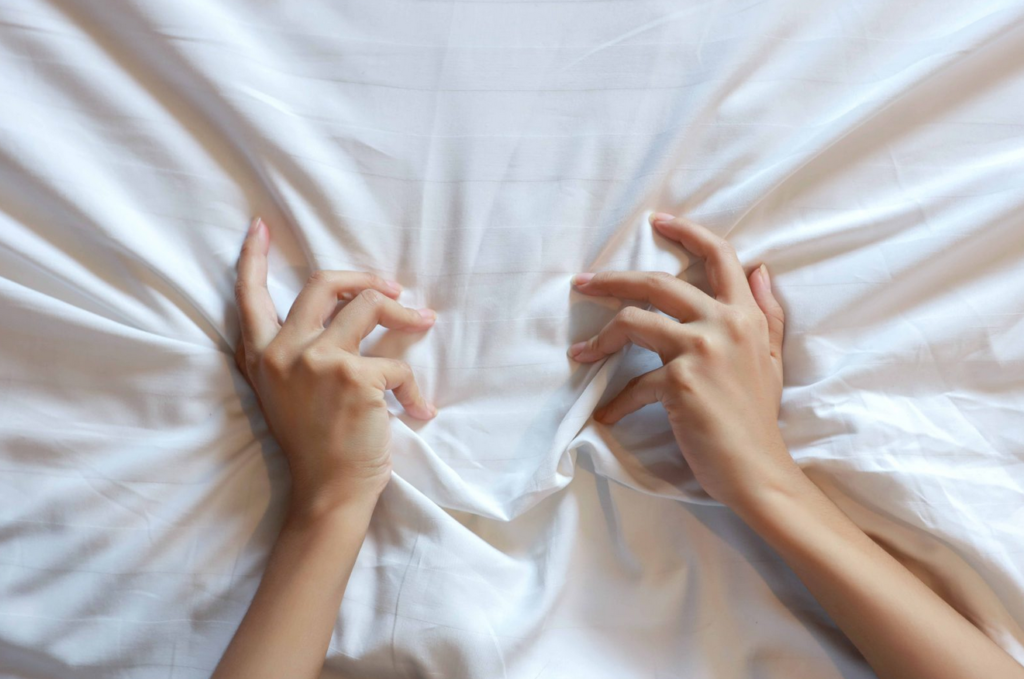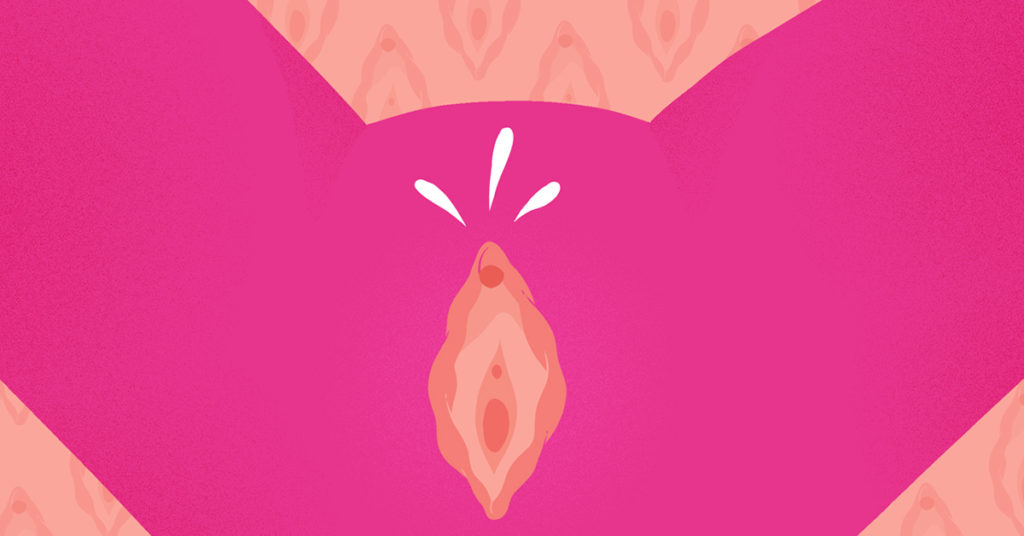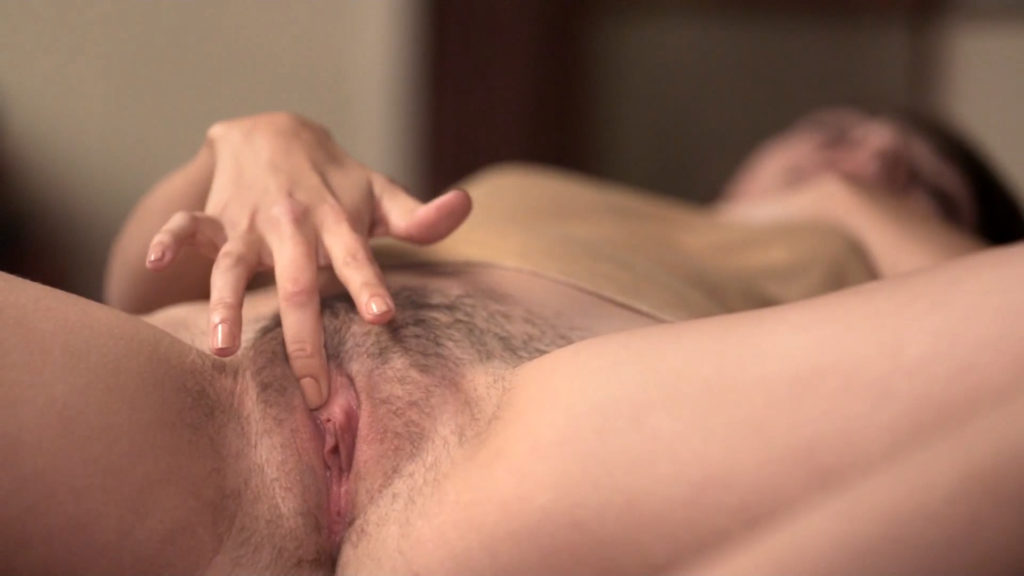The fluid that comes out of a woman’s genitals during orgasm causes a lot of confusion and questions for those who have experienced it. What is it? Is it urine? Is this normal? Men who would like to give their beloved this unusual pleasure, but do not know how and whether it is even possible, are also worried about this issue.
Other women who at least have heard about the so-called squirting or female ejaculation (which, according to some experts, is not quite that), and about the unusual pleasure that accompanies this phenomenon, may wonder: can i do it too?
Can you learn to squirt?
This question also does not give peace to men who would like to give their beloved this unusual pleasure, but do not know how or if it is even possible.

Women who have experienced squirting describe it in different ways. Some say that the feeling is no different from a normal orgasm, others say that the feeling is similar to an orgasm, but slightly different. Some women describe it as a very intense, shocking relaxation. Others say that right before they “ejaculate” they feel a strong urge to urinate and then experience a strong, “wet” orgasm.
Some women, especially those who experience it for the first time, feel panic and shame because they think they have peed.
Not all experience it
It has been known for a long time that during sexual arousal or orgasm, some women can secrete fluid from their genitals, and in some cases this fluid comes out in a rather strong stream. Women’s “sperm” is mentioned by the ancient Greek physician Hippocrates, who believes that it helps to conceive. A similar phenomenon is mentioned in the Kamasurta, which gives a detailed description of when and why it can be expected. In the 17th century, the Dutch anatomist Regnier de Graaff wrote a treatise, “On the Female Genital Organs”, in which he described this fluid and associated it with the erogenous zone inside the vagina, which is very similar to the male prostate.
However, to this day, it has not been studied how much women are actually able to “squirt”. Studies show that this happens to a greater or lesser extent in 10-54% of women.
In 2003, a study of 320 women found that the amount of fluid released by women varied from 0.3 to more than 150 ml, i.e. some could release more than half a glass, while others could only release a few drops.

What kind of liquid is it?
One of the main questions about squirting is, is this mysterious liquid urine? Some studies suggest that this may be the case. In 2014, study participants were asked to go to the bathroom before sexual activity and then underwent an ultrasound scan to ensure that the women’s bladders were empty. During sexual arousal, the ultrasound examination was repeated and it was found that the female bladder was significantly full.
After squirting, a third ultrasound was performed, which again showed an empty bladder. This indicates that the discharge is coming from the bladder and that at least some of that fluid is urine.
Some specialists, such as the British pharmacologist Abbas Kanani, believe that the bladder is solely responsible for the squirt, because there is no other organ in this part of the female body that can push out so much fluid with such force. When the muscles relax during orgasm, it becomes harder to hold urine, so it comes out through the urethra. However, many other researchers believe that everything is not so simple.
American sexologist Beverly Whipple’s scientific study of secretions in the early 1980s (and subsequent studies by other scientists) revealed that urea and creatine, the chemical components of urine, were found in only small amounts in the squirt. Other substances that are not normally found in urine were also detected. Among them is the prostate-specific antigen, or PSA. In men, PSA is produced by the prostate. Women also have prostate tissue in the so-called paraurethral (or Skeno) glands located in the front wall of the vagina. Some studies suggest that they connect to the lower part of the urethra through ducts. Some experts believe that these glands play a crucial role in the production of the fluid released during squirting.
The different levels of development and size of these glands in different organisms may partly explain why some women can experience strong “wet” orgasms while others cannot.
However, many women are held back not by a physical barrier, but by a psychological fear that their partner will think they have peed. Don’t worry, the discharge is usually clear, colorless, not yellow, and does not smell or taste like urine. Squirting is thought to have health benefits as well as pleasure: its purpose may be to flush out harmful bacteria from the urethra that enter it during intercourse, thus preventing urinary tract infections.

How to experience this pleasure?
Many women who are able to squirt, say that stimulation of the G-spot helps them achieve this. The G-spot is considered to be a place inside the vagina, on its front wall at a depth of about 5-8 cm. Sometimes it may appear rougher or more textured than the surrounding tissue. The G-spot is not considered a separate organ, but a “spot” through which the paraurethral glands and the inner, hidden parts of the clitoris can be stimulated. As you know, clitoris is like an iceberg: what is visible from the outside is only a small part of a much larger organ that lies deeper in the woman’s body. The G-spot can be massaged by a partner or the woman herself with bent fingers, moving them as if inviting “come here” and pressing harder. The same effect can be achieved with specially angled sex toys.
Some women admit that they manage to “squirt” when they continue to use the vibrator after reaching orgasm. Then comes an intense, almost irresistible urge to urinate, and finally, as the mysterious “nectar” flows, an indescribable feeling of release takes over.
If you want to try to enjoy a squirt, get a towel, as the result may be a lot of liquid. It should also be remembered that some women experience discomfort during G-spot stimulation, and this is also normal, because people are different. So experiment just for fun and be sure to stop if you don’t like something.
- Saikne starp vecumu un erekcijas disfunkciju: kas ir normāli un kas nav
- Randiņi ar erekcijas disfunkciju: pārliecības padomi vīriešiem
- Recepte zāles erektilās disfunkcijas ārstēšanai: kas būtu jāzina?
- Miegs un seksuālā veselība: kāpēc atpūta ir svarīga erekcijai
- Kā pāri var kopā pārvarēt erektilo disfunkciju (ED)







